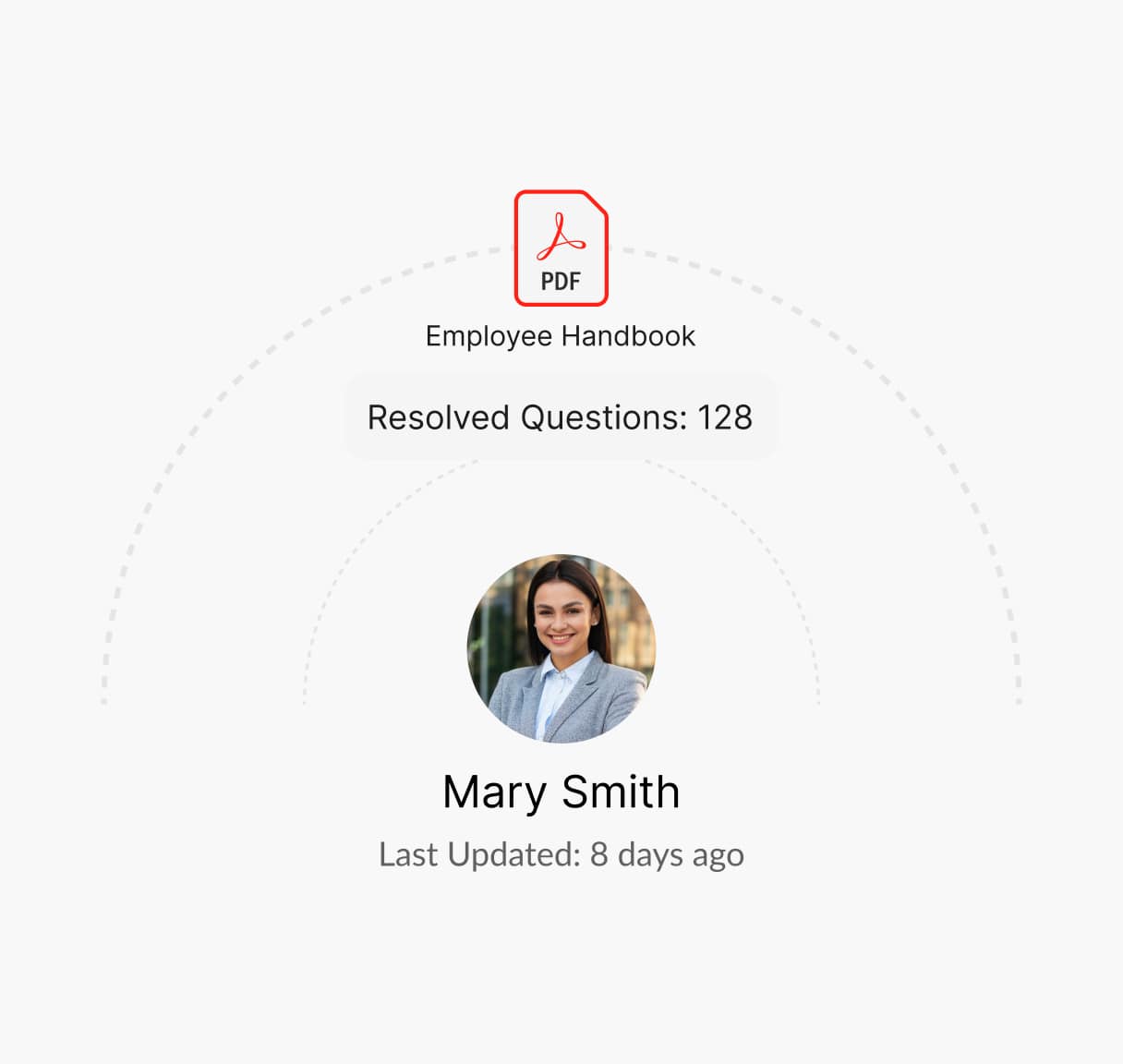Everything You Need to Know About Employee Onboarding Policy
Managing employee onboarding effectively is crucial for seamless integration and long-term retention. A well-defined Employee Onboarding Policy streamlines the process, ensuring new hires feel welcomed, informed, and equipped to contribute from day one while reducing administrative burdens for HR teams.

What is an Employee Onboarding Policy?
An Employee Onboarding Policy is an HR document that defines the structured process for integrating new hires into an organization. It outlines key steps, timelines, and responsibilities to ensure employees transition smoothly into their roles. From preboarding paperwork to training and mentorship programs, a comprehensive onboarding policy enhances employee engagement, accelerates productivity, and ensures compliance with company standards.
A well-designed onboarding policy fosters a positive first impression, reduces turnover, and helps new hires align with company culture and expectations efficiently.
Guidelines for Creating an Employee Onboarding Policy
Developing a structured onboarding policy ensures new hires integrate smoothly and efficiently. Here are some guidelines to consider:
Establish Clear Onboarding Phases
Define each stage of the onboarding journey, from pre-boarding to full integration, ensuring a structured process.
Provide Essential Documentation Early
Ensure new hires receive contracts, policies, and benefits details before their first day to minimize administrative delays.
Assign Onboarding Buddies or Mentors
Pair new employees with experienced colleagues to enhance engagement and knowledge-sharing.
Customize Onboarding for Roles
Tailor onboarding content based on job functions to make the process relevant and effective.
Leverage Digital Onboarding Tools
Use HR platforms to automate paperwork, training, and scheduling for a seamless experience.
Measure Onboarding Effectiveness
Gather feedback from new hires at key milestones to continuously refine the process.
What is Covered in an Employee Onboarding Policy?
An effective Employee Onboarding Policy should include the following:
Pre-boarding Activities
Checklist of tasks before the employee’s first day, including IT setup and paperwork.
Orientation Schedule
Timeline for company introductions, team meetings, and key HR sessions.
Training and Development Plan
Structured learning modules tailored to job roles and responsibilities.
Role Expectations and Performance Goals
Clear job duties, KPIs, and success metrics for new employees.
Tools and Systems Access
Details on setting up employee accounts for email, software, and collaboration platforms.
Compliance and Policy Training
Overview of workplace policies, code of conduct, and industry regulations.
Onboarding Evaluation and Feedback
Mechanisms for new hires to share their onboarding experience and suggest improvements.
Need help creating an Employee Onboarding Policy?
How Winslow helps HR teams save time on responding to Employee Onboarding Policy?
Managing leave inquiries can be time-consuming, but Winslow, your AI-powered HR assistant, simplifies the process:

Instant answers anytime
Winslow ingests your employee onboarding policy and responds to employee questions instantly on platforms like Slack, Teams, or email.
Personalized Support
Winslow instantly answers HR questions, including those about your Employee Onboarding Policy, ensuring clarity on onboarding steps and new hire expectations.


Analytics and Insights
Winslow tracks policy-related queries, helping HR teams identify trends and common concerns. This data enables organizations to refine their policy, improve reporting channels, and address recurring issues proactively.
Create a Seamless Onboarding Experience with Winslow
A well-structured onboarding process ensures new hires feel welcomed and prepared. With Winslow, you can simplify policy communication, reduce HR workload, and enhance the employee experience.
Frequently asked questions
Have further questions about Winslow, contact us at sales@usewinslow.com
What documents must new hires complete before their first day?
New hires must complete tax forms (W-4), direct deposit authorization, employment agreements, and I-9 verification. Additional documents may include confidentiality agreements and company policy acknowledgments.
How long should the onboarding process last?
While the initial onboarding phase typically lasts the first 30-90 days, a full onboarding program, including training and integration, may extend up to a year for optimal employee engagement and retention.
What role do managers and HR play in onboarding?
HR handles paperwork, compliance, and policy education, while managers oversee role-specific training, goal-setting, and employee integration into the team and company culture.
Should onboarding differ for remote employees?
Yes, remote onboarding should include virtual orientation sessions, digital documentation, scheduled check-ins, and access to collaboration tools to ensure engagement and connection.
How do we measure the effectiveness of our onboarding process?
Effectiveness can be measured through employee feedback surveys, retention rates, time-to-productivity metrics, and manager evaluations of new hires’ performance and engagement.
Additional resources
Device Usage Policy
Managing employee leave effectively is vital for maintaining workforce productivity and compliance....
Learn moreconfidentiality policy
Protecting sensitive information is crucial. A clear Confidentiality Policy outlines guidelines for...
Learn moreclaim reimbursement
Ensuring fair compensation for expenses is key. A clear Claim Reimbursement Policy...
Learn more




